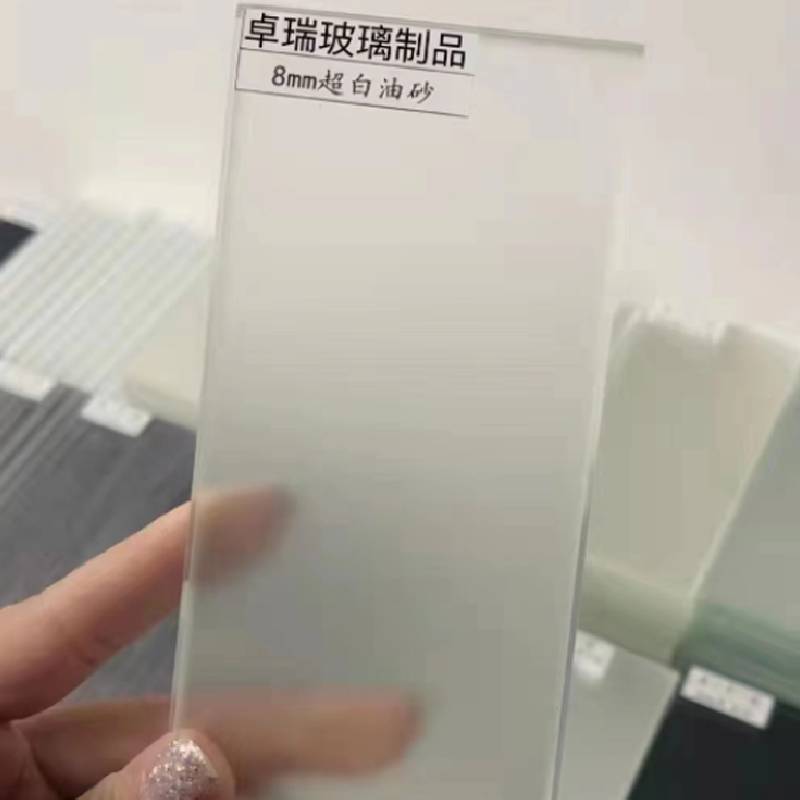The Allure of Dark Grey Reflective Glass
In today's architectural landscape, the aesthetics of a building are just as important as its functionality. One material that has gained immense popularity is dark grey reflective glass. This versatile medium combines elegance with practicality, leading to a broad spectrum of uses in both residential and commercial designs. Its adoption can be attributed to various factors, including its striking visual appeal, energy efficiency, and innovative technological properties.
Dark grey reflective glass offers a unique aesthetic that transforms the facades of structures. Its sleek, modern appearance exudes sophistication while providing a stark contrast to traditional materials. This striking glass can dramatically alter the way a building interacts with its environment. Reflective surfaces not only mirror the surroundings but also create a dynamic interplay of light and shadow throughout the day. As the sun moves across the sky, the building’s appearance changes, offering a novel visual experience that captivates passersby. The reflective quality also aids in blending the building into the natural and urban landscapes, allowing for a seamless integration of architecture and environment.
In addition to aesthetic advantages, dark grey reflective glass is valued for its energy efficiency. This type of glass significantly reduces solar heat gain, making interiors cooler in the summer while maximizing natural light. This feature is especially beneficial in warmer climates, where air conditioning costs can soar. By utilizing dark grey reflective glass, buildings can maintain comfortable indoor temperatures without relying heavily on artificial cooling systems. This not only leads to reduced energy bills but also contributes to a lower carbon footprint, aligning with the growing emphasis on sustainable building practices.
dark grey reflective glass
Moreover, advances in glass technology have rendered dark grey reflective glass more durable and functional. Modern production techniques ensure that this glass is strengthened to withstand various weather conditions, from heavy rain to high winds. Its durability means that it requires less maintenance over time compared to traditional materials. Additionally, many manufacturers have developed versions of dark grey reflective glass that provide enhanced insulation properties, which further bolster energy efficiency.
Privacy is another compelling advantage of using dark grey reflective glass. The reflective surface minimizes visibility from outside, allowing occupants to enjoy their spaces without the constant worry of prying eyes. This quality has made it a popular choice in office buildings, hotels, and residential apartments alike, where maintaining a level of confidentiality is paramount.
However, while the benefits are many, it’s essential to consider potential drawbacks. The reflective properties can lead to glare, which may be uncomfortable for those in proximity; thus, careful planning and design choices should be made to mitigate these issues. Likewise, the installation of such glass requires skilled professionals to ensure quality and effectiveness.
In conclusion, dark grey reflective glass represents a harmonious blend of aesthetics and functionality in contemporary architecture. Its incredible ability to reflect the surrounding environment not only enhances the visual appeal of buildings but also supports energy efficiency and privacy. As architects and designers continue to explore innovative solutions to meet modern demands, the allure of this remarkable material is likely to endure, shaping the skylines of our future cities.
 Afrikaans
Afrikaans  Albanian
Albanian  Amharic
Amharic  Arabic
Arabic  Armenian
Armenian  Azerbaijani
Azerbaijani  Basque
Basque  Belarusian
Belarusian  Bengali
Bengali  Bosnian
Bosnian  Bulgarian
Bulgarian  Catalan
Catalan  Cebuano
Cebuano  Corsican
Corsican  Croatian
Croatian  Czech
Czech  Danish
Danish  Dutch
Dutch  English
English  Esperanto
Esperanto  Estonian
Estonian  Finnish
Finnish  French
French  Frisian
Frisian  Galician
Galician  Georgian
Georgian  German
German  Greek
Greek  Gujarati
Gujarati  Haitian Creole
Haitian Creole  hausa
hausa  hawaiian
hawaiian  Hebrew
Hebrew  Hindi
Hindi  Miao
Miao  Hungarian
Hungarian  Icelandic
Icelandic  igbo
igbo  Indonesian
Indonesian  irish
irish  Italian
Italian  Japanese
Japanese  Javanese
Javanese  Kannada
Kannada  kazakh
kazakh  Khmer
Khmer  Rwandese
Rwandese  Korean
Korean  Kurdish
Kurdish  Kyrgyz
Kyrgyz  Lao
Lao  Latin
Latin  Latvian
Latvian  Lithuanian
Lithuanian  Luxembourgish
Luxembourgish  Macedonian
Macedonian  Malgashi
Malgashi  Malay
Malay  Malayalam
Malayalam  Maltese
Maltese  Maori
Maori  Marathi
Marathi  Mongolian
Mongolian  Myanmar
Myanmar  Nepali
Nepali  Norwegian
Norwegian  Norwegian
Norwegian  Occitan
Occitan  Pashto
Pashto  Persian
Persian  Polish
Polish  Portuguese
Portuguese  Punjabi
Punjabi  Romanian
Romanian  Russian
Russian  Samoan
Samoan  Scottish Gaelic
Scottish Gaelic  Serbian
Serbian  Sesotho
Sesotho  Shona
Shona  Sindhi
Sindhi  Sinhala
Sinhala  Slovak
Slovak  Slovenian
Slovenian  Somali
Somali  Spanish
Spanish  Sundanese
Sundanese  Swahili
Swahili  Swedish
Swedish  Tagalog
Tagalog  Tajik
Tajik  Tamil
Tamil  Tatar
Tatar  Telugu
Telugu  Thai
Thai  Turkish
Turkish  Turkmen
Turkmen  Ukrainian
Ukrainian  Urdu
Urdu  Uighur
Uighur  Uzbek
Uzbek  Vietnamese
Vietnamese  Welsh
Welsh  Bantu
Bantu  Yiddish
Yiddish  Yoruba
Yoruba  Zulu
Zulu 

